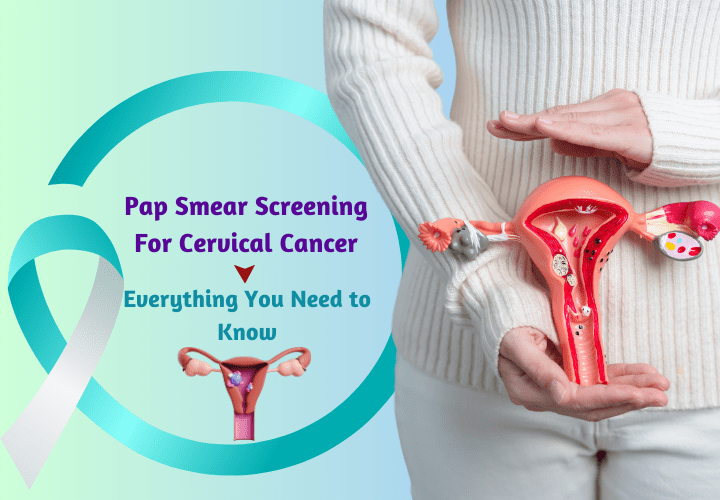Stomach cancer – Best oncologist in Delhi
Recent Posts
-
Pap Smear Screening for Cervical Cancer: Everything You Need to Know
February 26, 2025
-
How Air Pollution Increases the Risk of Lung Cancer: A Growing Concern
February 18, 2025

February 26, 2025

February 18, 2025
Leave a Reply